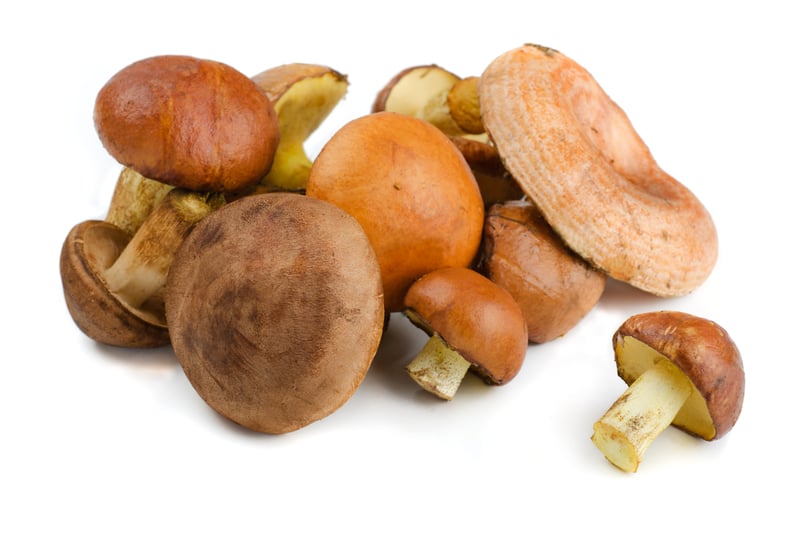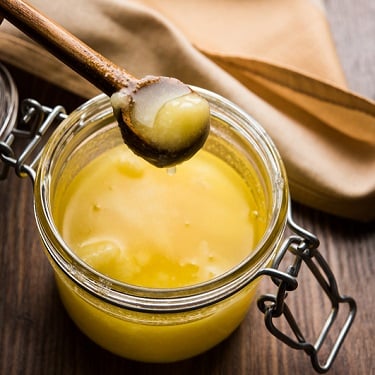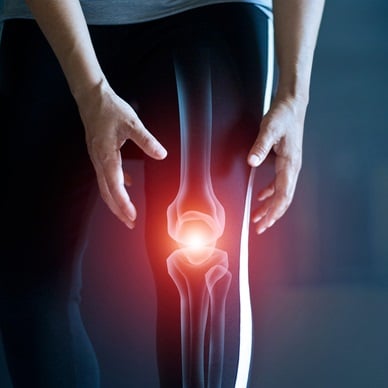8 Foods That Are Not Worth Reheating for Leftovers

Doesn’t throwing out good food hurt? Whether you spent good money for a restaurant meal (which is often enough food for several meals) or took time and effort to prepare a homecooked meal, just tossing what you don’t eat feels wasteful and wrong. And food waste is a big problem.
Fortunately, most of the time, food can be safely refrigerated and reheated to enjoy later. Leftovers can be a lifesaver on a busy night or for a fast, affordable healthy lunch or quick dinner.
But not all foods do well when reheated. Some can increase the risk of food poisoning, and others just never taste as good. In fact, several foods are downright inedible if reheated, especially when microwaved.
8 Leftovers You Should Not Reheat
1. Shellfish
Mussels, clams, and oysters start out fairly finicky when cooked the first time. And, they hold up very poorly when reheated—becoming rubbery and highly unappetizing. The only exception is shrimp, which can withstand beginning life as a scampi one night only to be tossed into and gently reheated as a stir fry the next. When done right, it can also be reheated in the oven, microwave, or steamer. Just make sure you don’t overcook it as that can quickly destroy the texture.
2. Fish
As fish is already easy to overcook, it’s easy to destroy it completely when reheated, leaving you with a dry, fishy, rubbery meal. Plus, it leaves the entire kitchen smelling fishy. You don’t have to toss your leftover fish, though. You can flake cooked and cooled fish over salads, pastas, on sandwiches, or in rice or grain bowls.
3. Potatoes
Whether mashed, baked, or fried, potatoes are a food many of us reheat regularly. The issue with reheating potatoes isn’t with the quality of the food, rather, it’s because it’s easy to get a bit lazy when it comes to getting potatoes refrigerated promptly, especially those baked in foil. Potatoes that are left to cool for a long time begin to grow bacteria (such as botulism), and potatoes are not reheated at a hot enough temperature to kill the bacteria.
If you want to save your potato for later, make sure to refrigerate it promptly and then consume it within a few days to ensure it stays safe to eat.
4. Eggs
If you make up some scrambled or sunny-side-up eggs for a nice brunch and have leftovers, just let them go. They’ll never be as good as fresh ones. Who wants to eat a rubbery, flavorless, recooked egg? There are egg recipes, however, that reheat nicely to consume throughout the week, such as mini-quiche or egg muffins.
On the other hand, forget about trying to reheat hardboiled eggs in the microwave as the yolk is likely to explode, leaving a big mess. Fortunately, boiled eggs are even better cold.
RELATED: Collagen Doesn’t Work (Unless…)
5. Fried Foods
Foods are fried to give them that crunchy, crispy texture. This texture is due to the foods already being twice cooked. Unfortunately, whether you’re looking at French fries, fried mushrooms, or chicken wings, no matter how they’re reheated, they come out soggy and gross or overcooked, dry, and flavorless.
Plus, reheating vegetable oils (as used in fried foods) can transform the fatty acids into unhealthier forms (i.e., trans fats), which may lead to increased inflammation and the health issues associated with inflammation.
If you ordered something fried, share it with friends to say goodbye to any leftovers.
6. Summer Squash
Zucchini, crookneck, and pattypan squash add a ton of flavor and nutrition to a healthy recipe. Unfortunately, because they have such a high water content, when reheated, they typically turn leftovers watery and soggy after they’re reheated. If you’re cooking with these types of vegetables, it’s best to make just enough for a single meal.
7. Spinach
Another food that’s not only no one’s favorite leftover but could also be unhealthy is reheated steamed spinach. When reheated, the nitrates naturally found in spinach can be converted into nitrosamines, a potential carcinogen. Beets, carrots, and celery have similar properties, so avoid reheating them as well, and do your best to make only enough for one meal or to add to a cold dish next time, with no reheating necessary.
8. Mushrooms
Considered to be one of the worst foods to reheat, mushrooms are especially vulnerable to microorganisms that can make you sick to your stomach. Plus, because of their makeup, the protein and enzymes in mushrooms rapidly deteriorates. If you have leftovers, you can eat them cold on a salad or stirred into pasta, but avoid reheating them.
Don’t forget that any food left unrefrigerated for more than two hours can be a breeding ground for bacteria that can make you ill. If left outdoors when temperatures are high (over 90 degrees F), the safe period is even less—make sure it’s eaten or refrigerated within an hour. Food left in the fridge for too long can also go bad. So, ensure you’re consuming your saved leftovers within three to four days to avoid foodborne illnesses.



 US Doctor: "Eating This Every Day Can Snap You Into Ketosis"
US Doctor: "Eating This Every Day Can Snap You Into Ketosis" 3 Key Nutrients to Help Lubricate Your "Tin Man" Joints
3 Key Nutrients to Help Lubricate Your "Tin Man" Joints AVOID Plant-Based Protein Powders (unless...)
AVOID Plant-Based Protein Powders (unless...)

